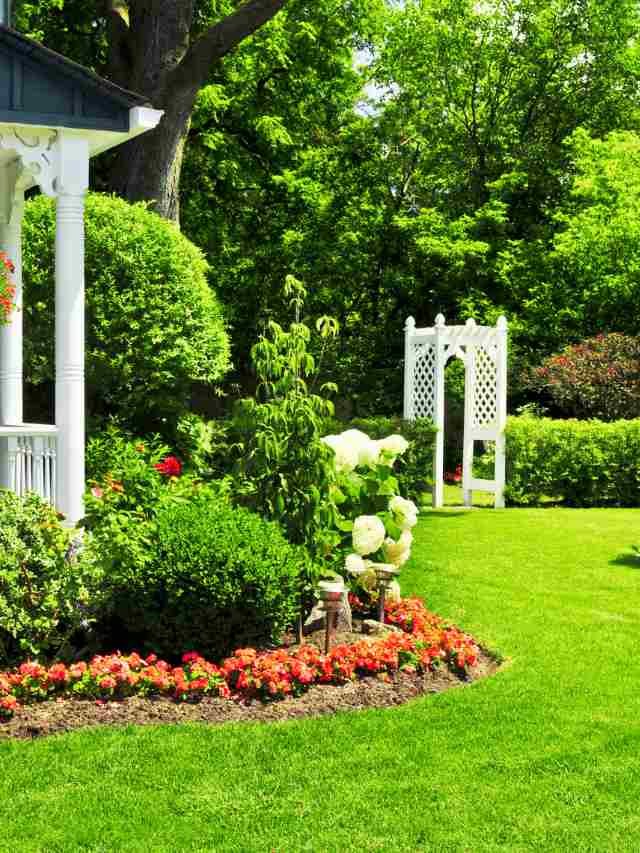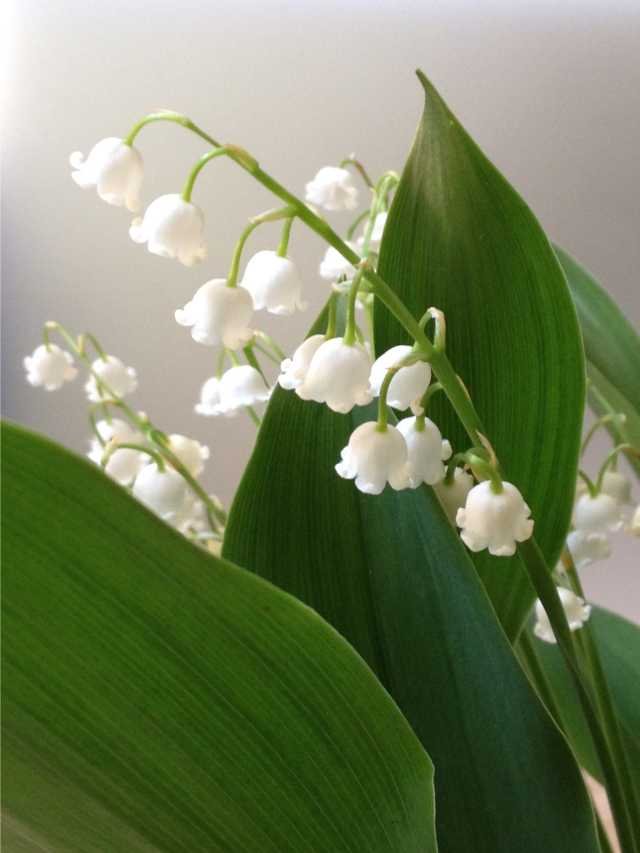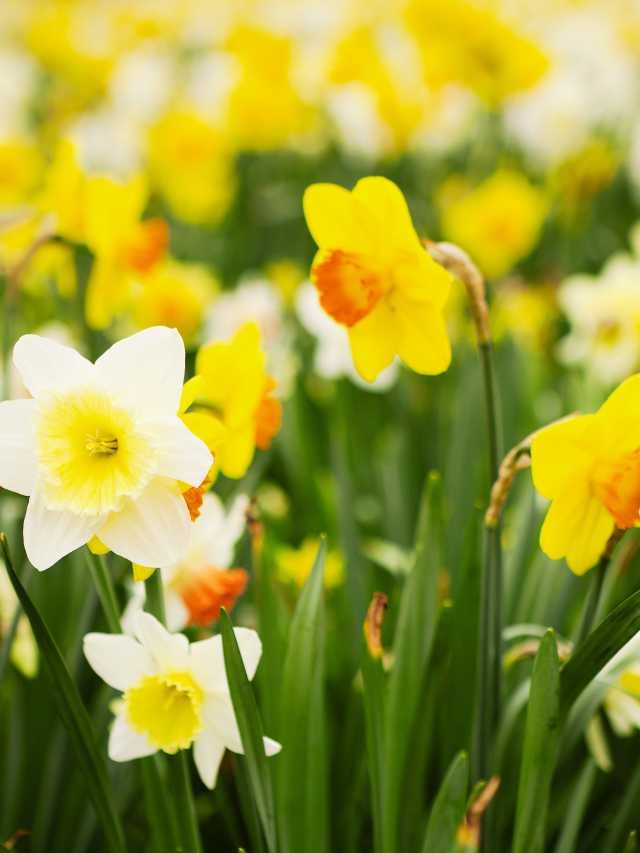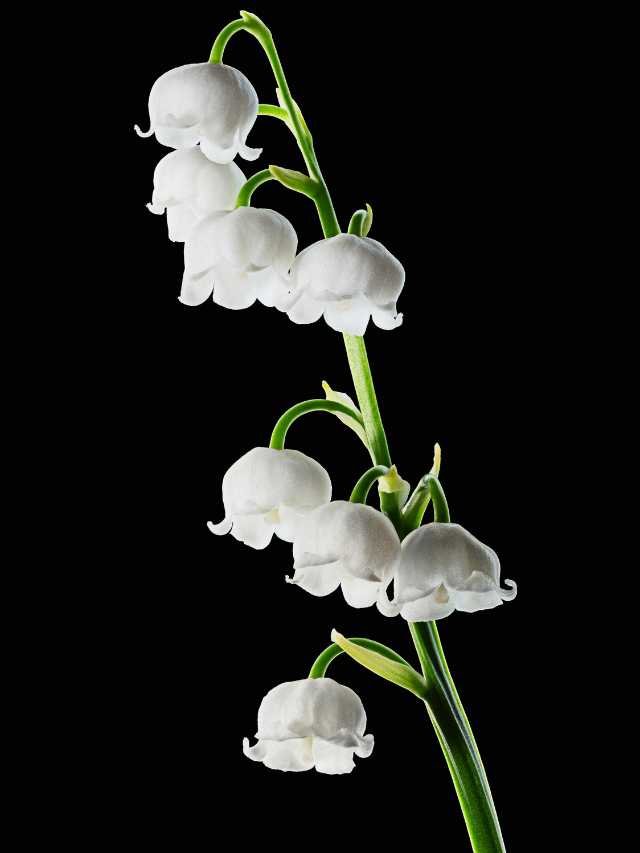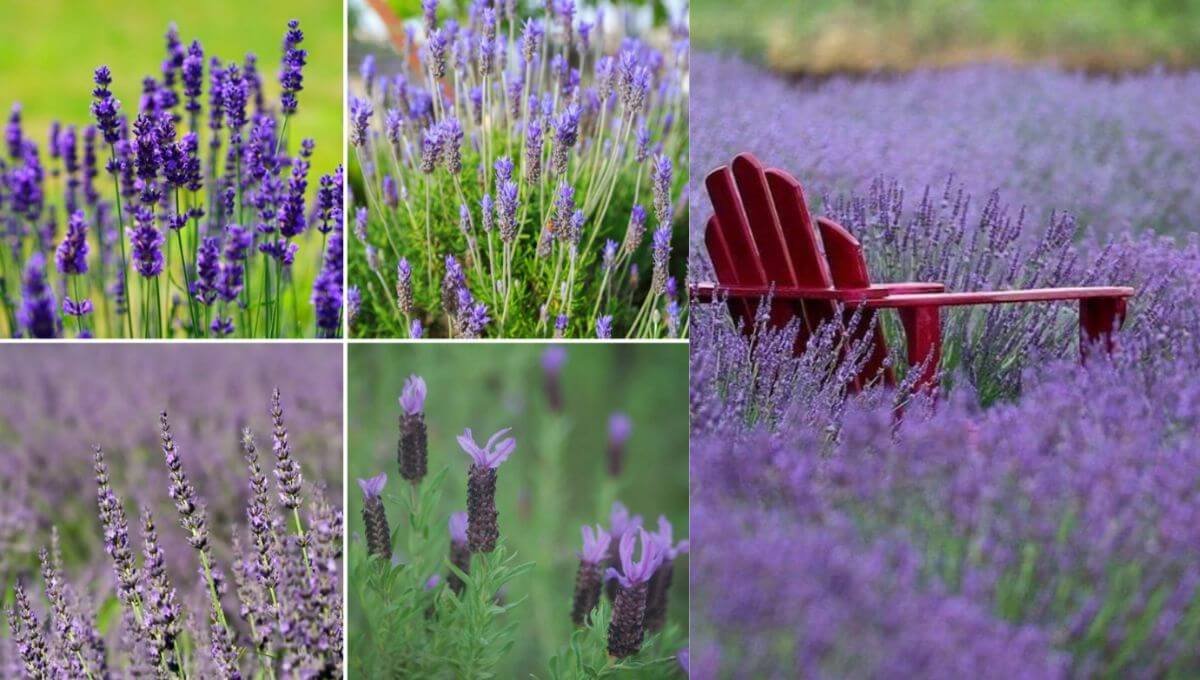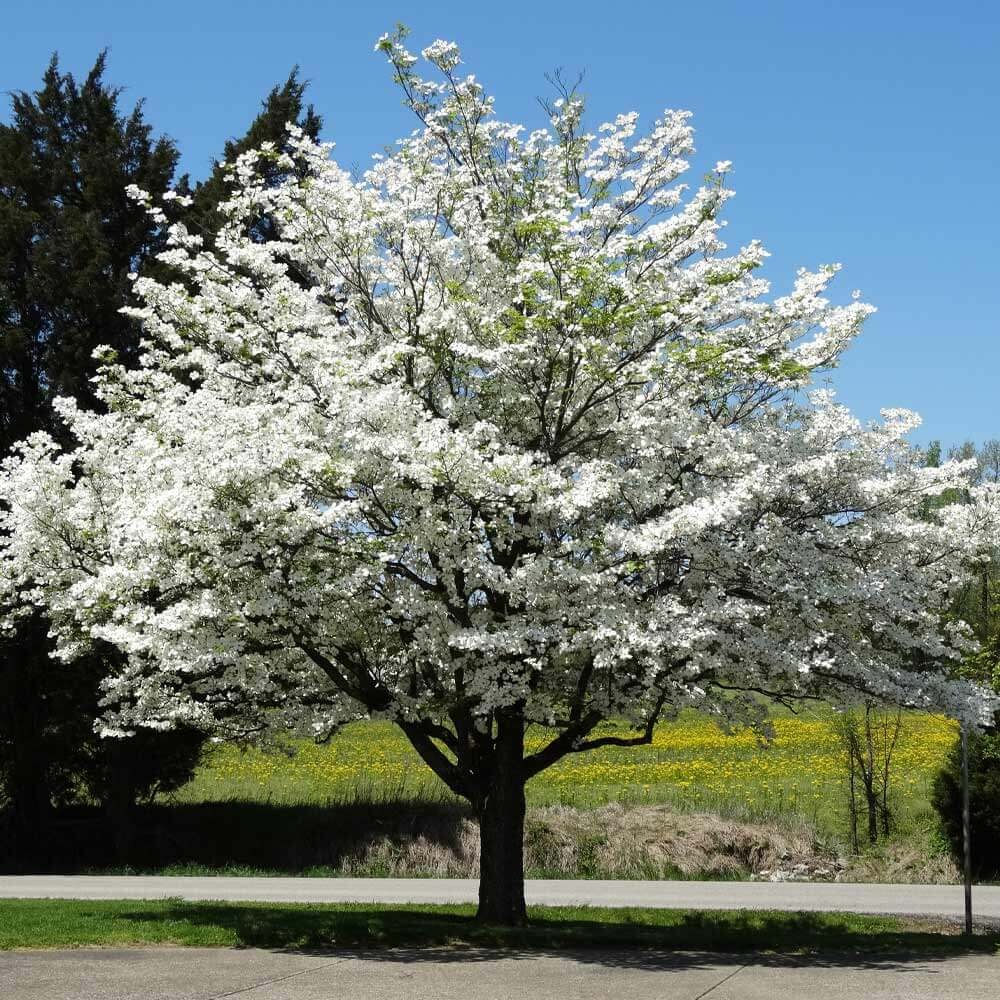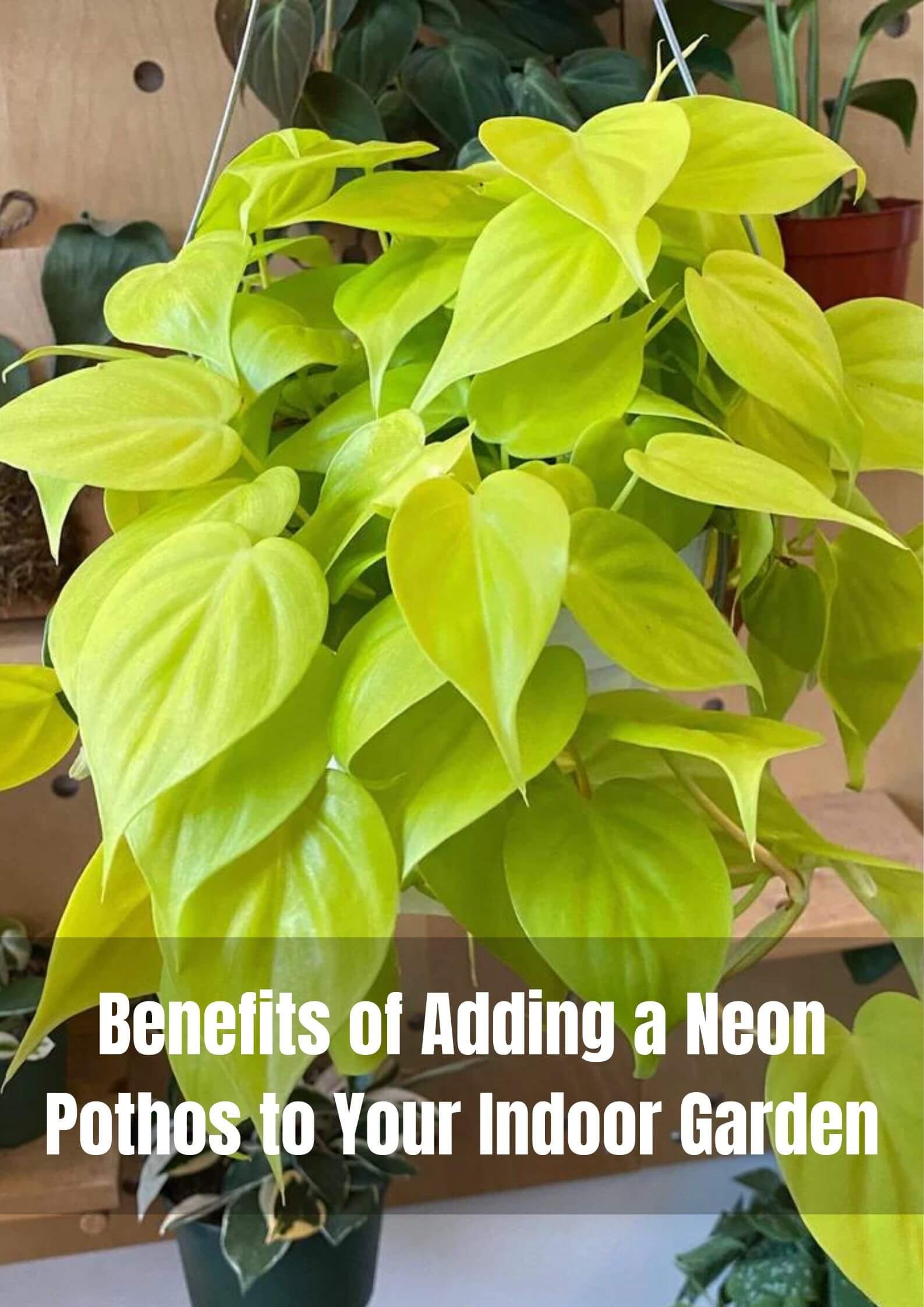Lavender, with its fragrant blooms and versatile uses, is a beloved plant in gardens and households worldwide.
Among the various species of lavender, two stand out: English lavender (Lavandula angustifolia) and Spanish lavender (Lavandula stoechas). While they share some similarities, several key differences set them apart.
This article delves into these differences, exploring their origins, physical characteristics, growing conditions, and uses.
Origins and Varieties
English Lavender (Lavandula angustifolia)
English lavender, despite its name, is native to the Mediterranean. It is the most common type of lavender and includes popular varieties such as ‘Munstead’ and ‘Hidcote’. This species is known for its sweet fragrance and is often used in culinary dishes, essential oils, and aromatherapy.
Spanish Lavender (Lavandula stoechas)
Spanish lavender, also known as French lavender or butterfly lavender, is native to the Iberian Peninsula and North Africa. It is distinguished by its unique flower shape and strong, camphor-like scent. Popular varieties include ‘Otto Quast’ and ‘Anouk’.
Physical Characteristics
Flower Shape and Color
- English Lavender: English lavender boasts slender, upright flower spikes with tightly packed buds. The flowers are typically a deep purple-blue, though some varieties can be pink or white. The blooms are arranged in whorls along the spike, creating a dense and elongated appearance.
- Spanish Lavender: Spanish lavender is easily recognizable by its distinct flower heads, which resemble pineapples topped with “rabbit ears” or bracts. The flowers are usually a vibrant purple, but some varieties can be white or pink. The bracts at the top of the flower head flutter in the wind, adding to its visual appeal.
Foliage and Growth Habit
- English Lavender: English lavender has narrow, lance-shaped leaves that are usually a silvery-green color. The plant has a bushy, compact growth habit, typically reaching heights of 1 to 3 feet. The foliage is aromatic and often retains its scent even when dried.
- Spanish Lavender: Spanish lavender features broader, grey-green leaves. The plant tends to be more sprawling, growing up to 2 to 3 feet tall and wide. Its foliage is also aromatic, though the scent is more resinous and less sweet compared to English lavender.
Growing Conditions and Care
Climate Preferences
- English Lavender: English lavender thrives in cooler climates and can tolerate frost, making it suitable for temperate regions. It requires full sun and well-drained soil, preferring a slightly alkaline pH. Overwatering can lead to root rot, so good drainage is crucial.
- Spanish Lavender: Spanish lavender is more heat and drought-tolerant, making it ideal for warmer, Mediterranean-like climates. It also prefers full sun and well-drained soil but can tolerate poorer soil conditions. It is less frost-hardy compared to English lavender and may need protection in colder climates.
Watering and Maintenance
- English Lavender: English lavender requires regular watering during its first growing season to establish a strong root system. Once established, it is relatively drought-tolerant. Pruning is essential to maintain its shape and encourage new growth. It is best to prune after flowering, cutting back about one-third of the plant.
- Spanish Lavender: Spanish lavender needs less frequent watering once established, making it suitable for xeriscaping. Pruning should also be done after flowering, focusing on removing spent blooms and shaping the plant. It benefits from a light trim rather than a hard cutback.
Related: Can English Lavender Grow in India?
Uses and Benefits
Culinary Uses
- English Lavender: English lavender is widely used in culinary applications due to its sweet, floral flavor. The flowers can be used in baking, teas, and as a flavoring for desserts. It pairs well with lemon, honey, and other herbs like rosemary and thyme.
- Spanish Lavender: Spanish lavender is not commonly used in cooking due to its strong, camphor-like taste. However, it can be used sparingly in savory dishes and as a garnish. It is more commonly used for its ornamental value and fragrance.
Aromatherapy and Essential Oils
- English Lavender: English lavender is prized for its essential oil, which is used in aromatherapy to promote relaxation and reduce stress. The oil is also used in perfumes, soaps, and lotions. Its calming scent is a staple in many households.
- Spanish Lavender: Spanish lavender essential oil has a more pungent and medicinal aroma. It is used in aromatherapy for respiratory issues and to alleviate headaches. While it is less popular than English lavender oil, it still offers significant therapeutic benefits.
Ornamental Uses
- English Lavender: English lavender is a popular choice for garden borders, hedges, and containers. Its compact form and vibrant flowers make it a versatile addition to any landscape. It also attracts pollinators like bees and butterflies.
- Spanish Lavender: Spanish lavender’s unique flower shape and vibrant bracts make it a striking focal point in gardens. It is often used in rock gardens, coastal landscapes, and as ground cover. Its drought tolerance makes it an excellent choice for water-wise gardens.
The Bottom Line
Understanding the differences between English lavender and Spanish lavender can help gardeners and enthusiasts choose the right type for their needs.
While both species offer beauty and fragrance, their distinct characteristics, growing requirements, and uses set them apart.
Whether you’re looking for a culinary herb, an ornamental plant, or a source of essential oil, knowing the unique attributes of each type of lavender will ensure you make an informed choice for your garden or home.
By exploring the origins, physical characteristics, growing conditions, and uses of English lavender and Spanish lavender, we gain a deeper appreciation for these versatile plants.
Whether you prefer the sweet scent and culinary versatility of English lavender or the striking appearance and resilience of Spanish lavender, both types bring a touch of nature’s elegance to our lives.



